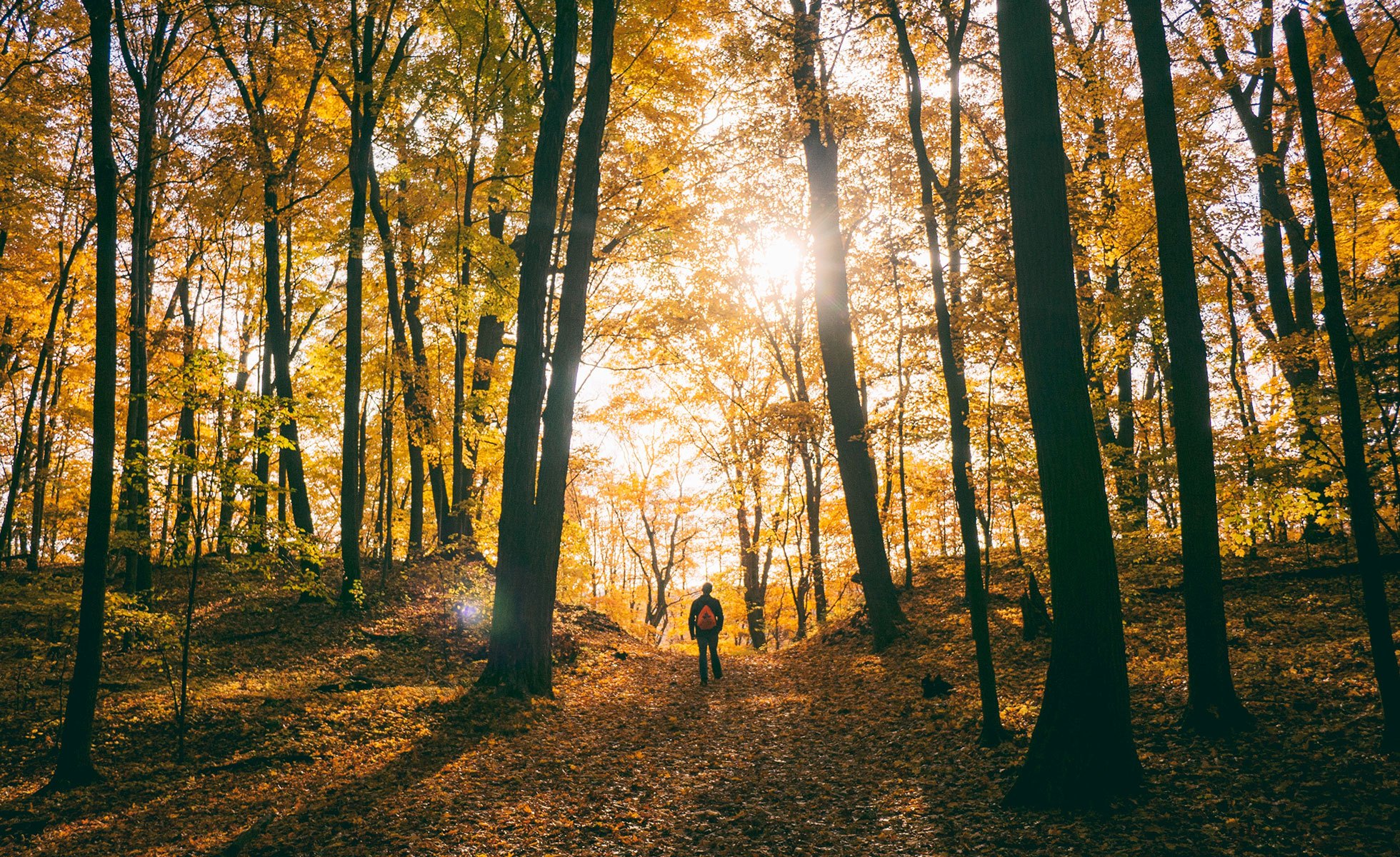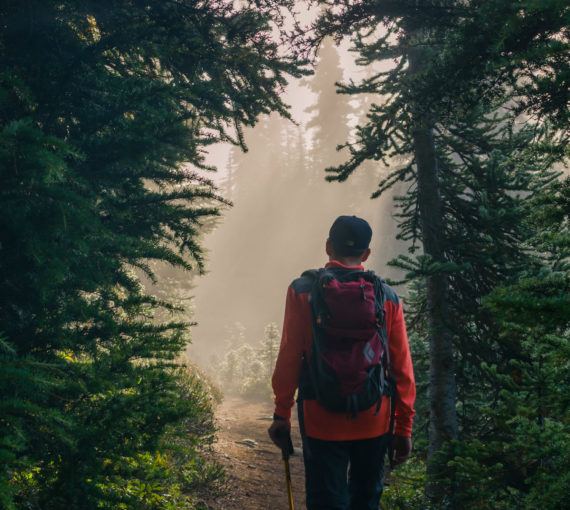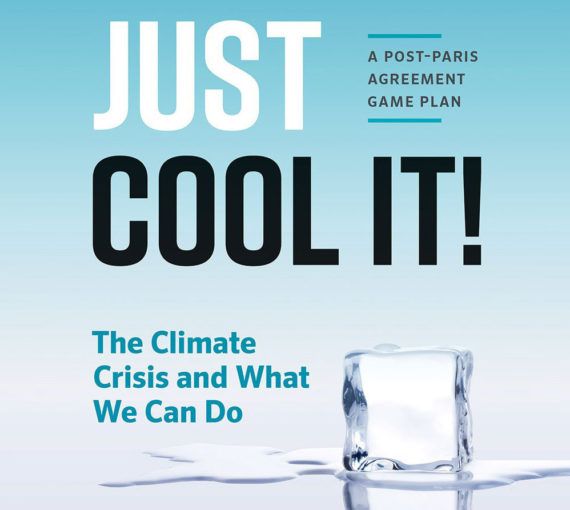Unfortunately, our lack of attention to the intricate and interconnected ways of nature has led to widespread devastation that now threatens the very systems that support human health and survival. We have become disconnected from our own true nature.
The more science reveals about the natural world, the more we learn what many indigenous peoples have long known: that everything is interconnected and interdependent — from the tiniest microbes to the largest carnivores, from plants that sequester carbon, prevent flooding and feed us to the carbon, hydrologic and other large cycles that keep the planet in balance.
There’s no going back to simpler times, but our survival does depend on respecting our place in this miraculous world. To heal the disconnection, we must reconnect. It’s fitting, then, that the theme of this year’s World Environment Day on June 5 is “Connecting People to Nature.”
Renowned American ecologist Edward O. Wilson used the term “biophilia” to describe the innate kinship people share with all other life forms. Because we are more likely to care for the things we love and see as important, we must rekindle this biological imperative if we are to protect the biosphere that keeps us healthy and alive.
How do we accomplish that when many of us are moving further from our natural connections daily — when the average North American child spends less than 30 minutes a day playing outside, but more than seven hours in front of a TV, computer or smartphone screen, and when many adults spend their days driving to and from work where they sit in front of computers for hours on end?
Understanding the benefits of time in nature is a start. Studies show time outdoors can reduce stress and attention deficit disorder; boost immunity, energy levels and creativity; increase curiosity and problem-solving ability; improve physical fitness and coordination; and even reduce the likelihood of developing near-sightedness!
It also builds memories. I was fortunate in many ways to have grown up before televisions, computers, smartphones and other electronic distractions. My greatest memories are of fishing with my dad, exploring swamps and bogs to collect bugs, frogs and salamander eggs, and hiking in the mountains. Even the time my family spent in an internment camp in the British Columbia wilderness during the Second World War holds fond memories of playing by rivers filled with fish and exploring forests where wolves, bears and deer roamed.
In Japan, the term shinrin-yoku — “forest bathing” or “taking in forest air” — describes the beneficial effects of connecting with the natural world. Japanese researchers have found people who breathe forest air lower their risk for diabetes and experience improved mood and lower stress hormone production compared to people exercising on indoor treadmills.
Even getting dirty is good. In their upcoming book The Secret Life of Your Microbiome, Alan C. Logan and Susan L. Prescott explore the importance of microbes and microbiomes — the microbial communities on and in our bodies and all around us. Microbes break down food and produce vitamins in our guts. They coat our skin, protecting us from attacks by harmful microbes. The air we breathe, the soil we dig and the outdoor plants we come into contact with include a variety of microbes — many of them beneficial — that may be absent in indoor and built environments.
Planting pollinator-friendly native plants in your garden, making a mud pie, taking photos of wildlife in the forest or sleeping under the stars are all healthy activities — and they connect you with the natural world and open your eyes and heart to the amazing, intricately interconnected biosphere of which we are all a part.
Getting outside, especially with the children in your life, is one of the best things you can do for yourself, your family and friends, and the planet. World Environment Day reminds us of the importance of connecting with nature every day!




